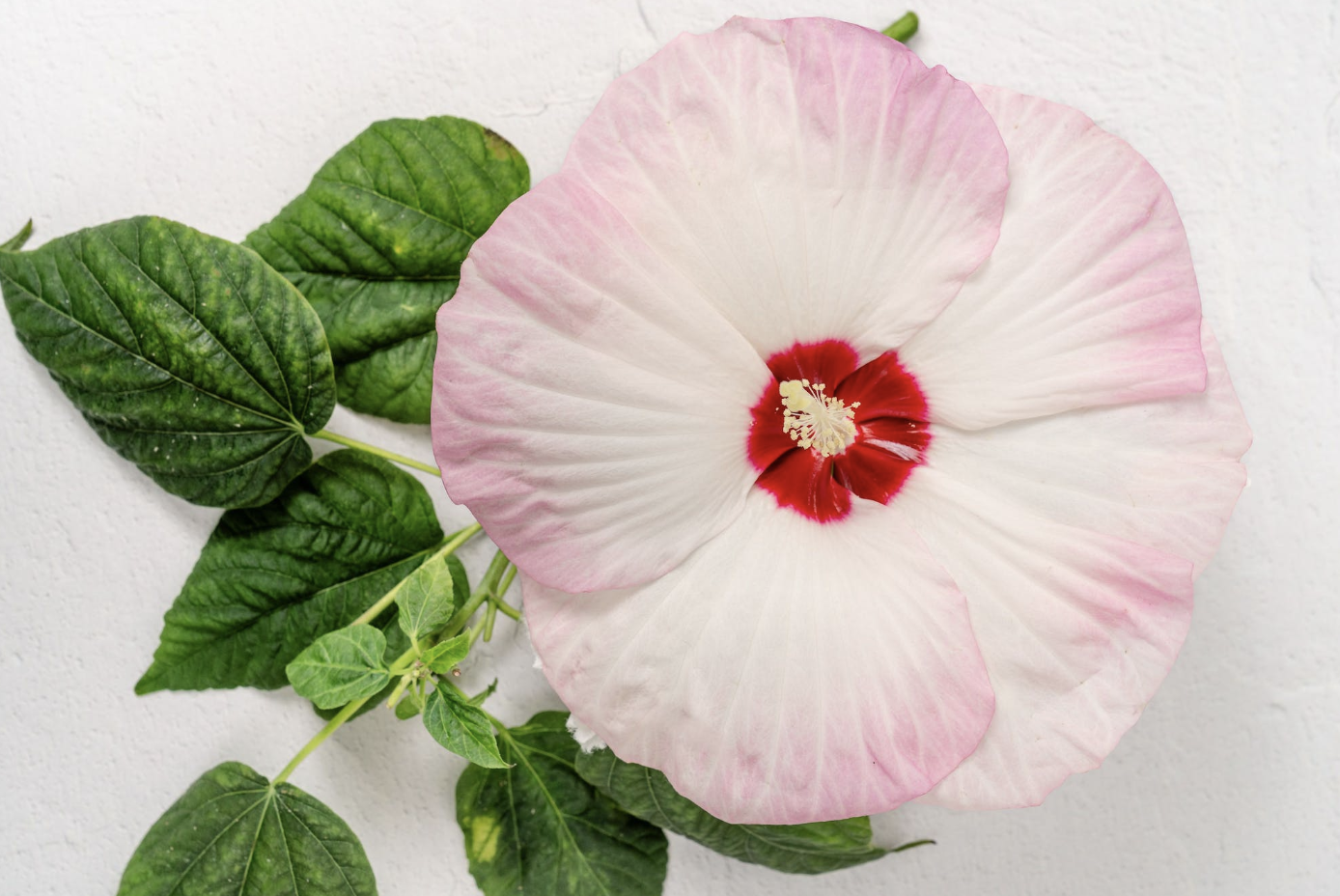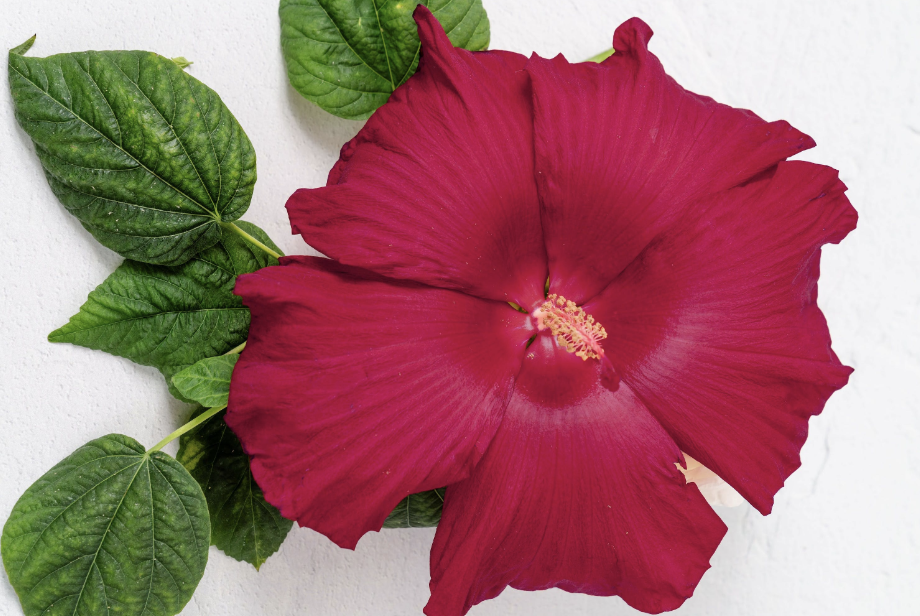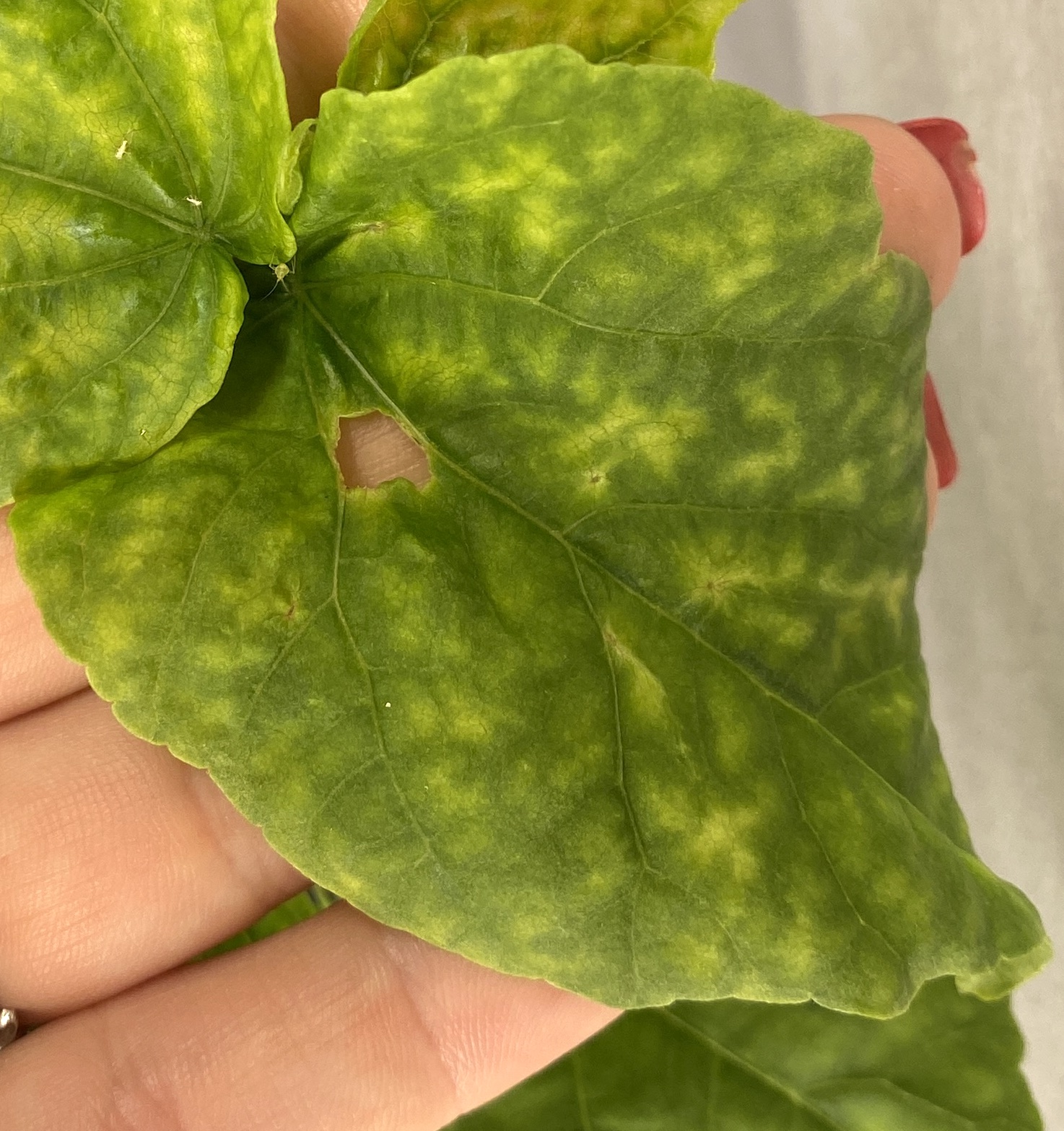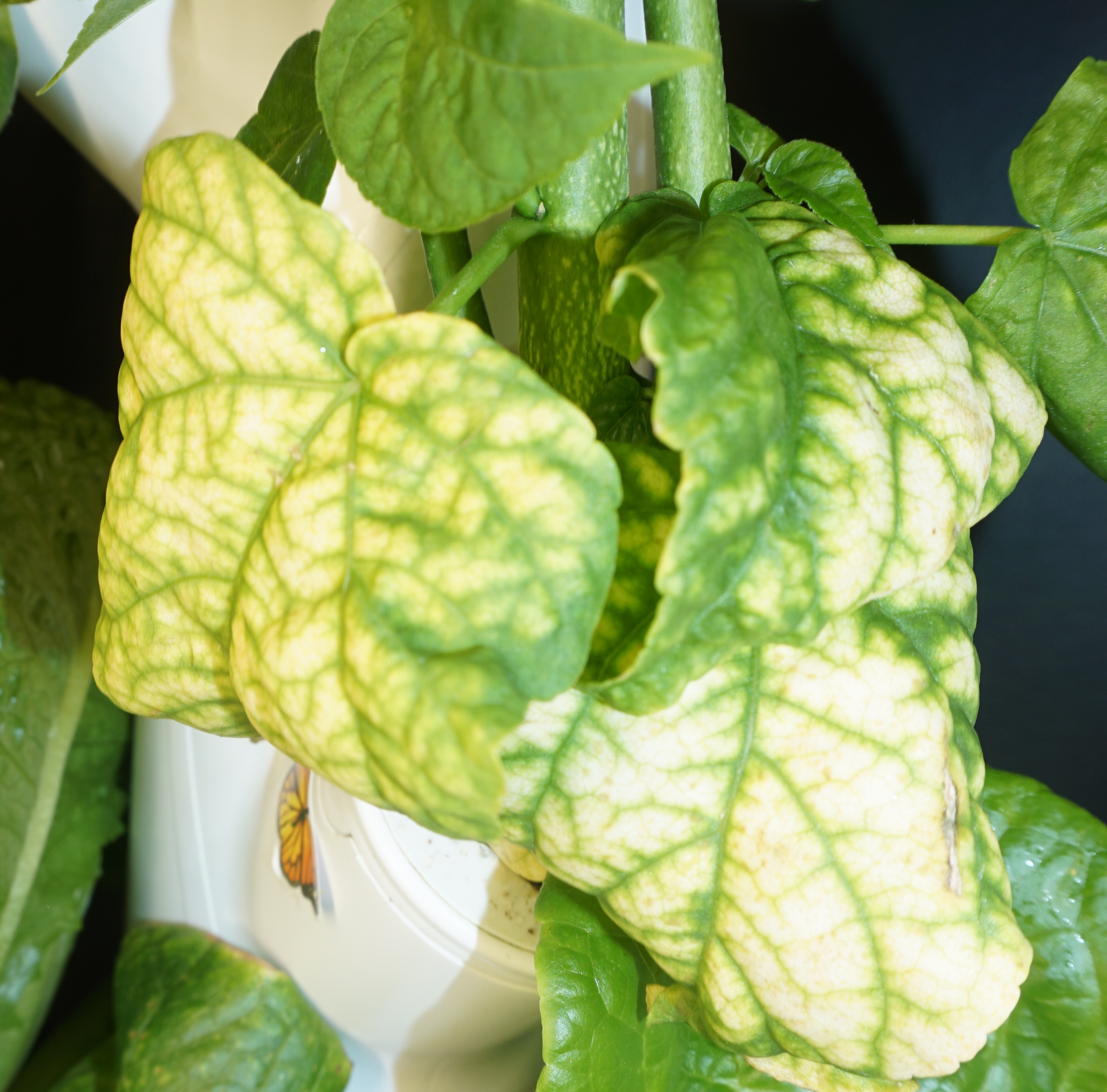Hibiscus (Blush & Red)
Latin name: Hibiscus moscheutos
🌱 Days to Sprout: 10-20
😋 Ready for Full Dose of plant food with true leaves or roots .5-inch long
✂️ Thin to: 1 plant per yCube
🍅 Days to Maturity: 100-130
💡 Light Zone: Medium
📏 Plant Size: 2-3 ft
💚 Care Level: Advanced
Origin
Hibiscus moscheutos is a flower native to the wetlands of southern and eastern North America. It has a variety of common names including swamp rose mallow, hardy hibiscus, and crimson-eyed rosemallow. It is believed that indigenous tribes and early settlers used hibiscus to treat external inflammation and irritation.
Qualities
Blush Hibiscus has large hollyhock-like flowers with creamy white and pink petals with a contrasting dark, reddish-purple center. Red Hibiscus has large deep burgundy to red petals with a bright yellow style in the center of the flower. Each flower blooms for one day, but new flowers will continue to open. Each plant produces 8-12 blooms in succession, then “rests” before producing the next large wave of blooms. With proper care, you can expect 2-3 waves of blooms over the course of about 8-10 months. Both the flowers and leaves are edible.
Use
Enjoy this stunning flower any time of year on your Gardyn or in any room with the Gardyn Vase. Both Blush and Red Hibiscus flowers and leaves are also edible with a mild flavor that can be used to make tea.
Care & Harvest
✂️ Pruning: Hibiscus has a robust root system, especially as it matures, so check the roots twice a month and trim any that are brown or extending past the yPod. Before flowering and after the plant has a few sets of leaves, you may prune the top of the main stem, called topping, which will drive more lateral, bushier growth, but may also delay the arrival of flower buds by a few weeks. Leave ⅔ of the plant’s height when topping. Once flowers start to fade, remove them by pinching the stem below the base of the flower head. This helps the plant refocus its energy on producing the next wave of blooms. Once your plant begins flowering, you may choose to prune it back to your desired height if you feel it’s too large for your liking, or if it’s reaching beyond your Gardyn’s light or is shading other plants. Be sure to keep ⅔ of the plant’s height when pruning.
🫶 Support: We recommend using our Plant Belt to support the tall stem as it grows on your Gardyn.
🔎 Plant Health: Hibiscus leaves often turn yellow or brown between the leaf veins or around leaf edges, but not to worry! This is normal, and your Hibiscus will continue to grow and produce multiple waves of beautiful blooms.
Discolored Hibiscus leaves will not prevent a healthy, flowering plant!
🌿 Harvest: Many parts of Hibiscus are edible. To use the flower petals, harvest by snipping off flowers at their individual stems, then plucking the petals from the flower head and leaving the center of the flower. To harvest the leaves, choose younger ones and enjoy them raw or cooked. To enjoy your blooms as a cut flower, harvest by cutting the flower just before it blooms, when the petals are just starting to show, and place in water.
Our Plant Health & Nutrition Team thoroughly tests each variety we offer to bring you the most flavorful and high-quality plants. We regularly rotate our plant portfolio, so please note, availability varies.




